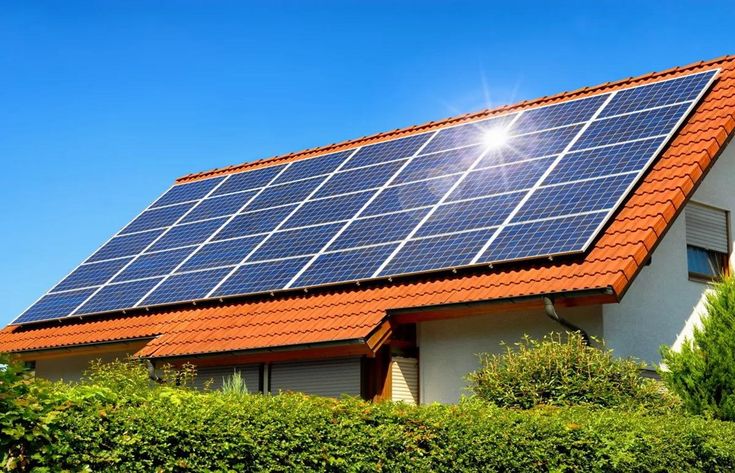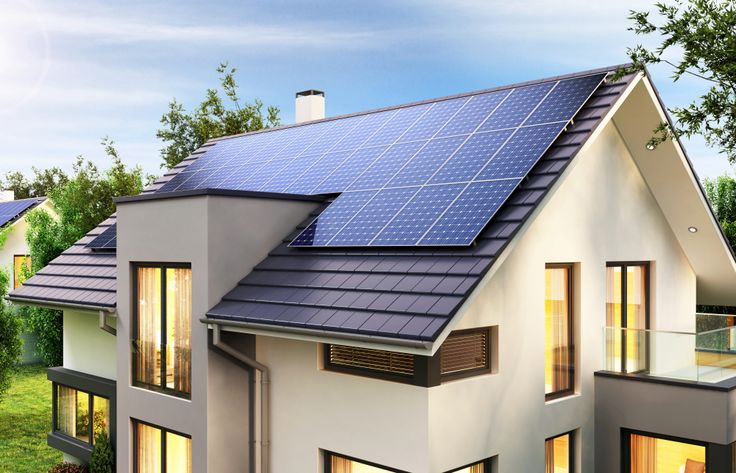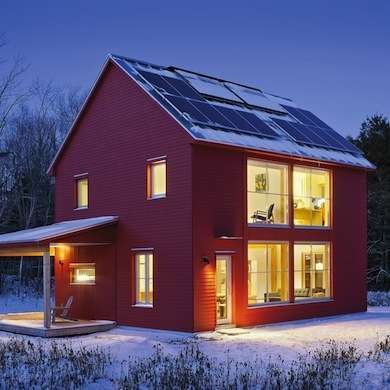
Building an energy-efficient house is not only beneficial for the environment but also for your wallet. Energy-efficient homes reduce utility costs, improve indoor air quality, and increase the overall comfort of living spaces. Whether you are constructing a new house or renovating an existing one, incorporating energy-efficient practices and materials can make a significant difference. This blog post will guide you through the essential steps to build an energy-mindful house.

1. Plan and Design with Energy Efficiency in Mind
Site Selection and Orientation
Choosing the right site and orienting your house correctly are critical first steps. Consider the following:
- Sun Path: Position your house to take advantage of natural sunlight. South-facing windows maximize solar gain in winter and can be shaded in summer to reduce cooling loads.
- Wind Patterns: Utilize prevailing wind patterns for natural ventilation, which can reduce reliance on mechanical cooling systems.
Efficient Floor Plans
Design your floor plan to minimize energy loss and enhance efficiency:
- Compact Shape: A compact, rectangular or square shape reduces the surface area through which heat can escape.
- Zoning: Group rooms with similar heating and cooling needs together. For example, place bedrooms together and separate them from living areas.
2. Use High-Quality Insulation
Proper insulation is vital to maintain a comfortable indoor temperature and reduce energy consumption. Key areas to insulate include:
- Walls and Floors: Use high R-value insulation materials like spray foam, fiberglass, or cellulose.
- Roof and Attic: Ensure the attic is well-insulated to prevent heat loss in winter and heat gain in summer.
- Windows and Doors: Install energy-efficient windows and doors with low U-values and good sealing properties to prevent drafts and heat transfer.

3. Incorporate Passive Solar Design
Passive solar design leverages natural energy flows to maintain indoor comfort without mechanical systems. Key principles include:
- Thermal Mass: Use materials like concrete, brick, or tile that absorb and slowly release heat.
- Glazing: Install double or triple-glazed windows to reduce heat loss while maximizing solar gain.
- Shading Devices: Use overhangs, awnings, or pergolas to block summer sun while allowing winter sun to penetrate and warm the home.
4. Invest in Energy-Efficient Systems and Appliances
HVAC Systems
Heating, ventilation, and air conditioning (HVAC) systems are significant energy consumers. Choose:
- High-Efficiency Units: Look for HVAC systems with high Seasonal Energy Efficiency Ratios (SEER) and Annual Fuel Utilization Efficiency (AFUE) ratings.
- Programmable Thermostats: Install smart thermostats to optimize heating and cooling schedules based on occupancy and preferences.
Water Heating
Water heating is another major energy use. Consider:
- Tankless Water Heaters: These provide hot water on demand and are more efficient than traditional storage tank heaters.
- Solar Water Heaters: Use solar energy to heat water, reducing reliance on electricity or gas.

Energy-Efficient Appliances
Choose appliances with the ENERGY STAR label, indicating they meet stringent energy efficiency guidelines. This applies to:
- Refrigerators and Freezers
- Dishwashers
- Washing Machines and Dryers
- Lighting: Use LED or CFL bulbs instead of incandescent ones for significant energy savings.
5. Utilize Renewable Energy Sources
Incorporating renewable energy sources can further reduce your home’s carbon footprint and energy bills:
- Solar Panels: Install photovoltaic (PV) panels to generate electricity from the sun. Solar panels can be mounted on the roof or ground, depending on your site’s characteristics.
- Wind Turbines: In areas with consistent wind patterns, small-scale wind turbines can be an effective way to generate renewable energy.
- Geothermal Systems: Utilize the constant temperature of the earth to heat and cool your home through a geothermal heat pump system.
6. Implement Smart Home Technology
Smart home technology can enhance energy efficiency by optimizing how and when energy is used:
- Smart Thermostats: Automatically adjust heating and cooling based on your schedule and preferences.
- Smart Lighting: Use motion sensors, timers, and remote controls to ensure lights are only on when needed.
- Energy Monitoring Systems: Track energy use in real-time to identify areas for improvement and adjust usage accordingly.
7. Use Sustainable Building Materials
Building with sustainable materials reduces environmental impact and can improve energy efficiency:
- Recycled and Reclaimed Materials: Use recycled steel, reclaimed wood, and other materials to reduce the demand for new resources.
- Local Sourcing: Choose locally sourced materials to reduce transportation energy and support the local economy.
- Low VOC Products: Use paints, finishes, and adhesives with low volatile organic compounds (VOCs) to improve indoor air quality.
8. Improve Indoor Air Quality
Good indoor air quality is essential for a healthy living environment and can also contribute to energy efficiency:
- Ventilation Systems: Install energy recovery ventilators (ERVs) or heat recovery ventilators (HRVs) to exchange stale indoor air with fresh outdoor air while retaining energy.
- Air Sealing: Seal gaps and cracks around windows, doors, and other openings to prevent drafts and improve insulation performance.
9. Water Efficiency
Conserving water reduces the energy required for water heating and distribution:
- Low-Flow Fixtures: Install low-flow faucets, showerheads, and toilets to reduce water usage.
- Rainwater Harvesting: Collect and use rainwater for irrigation and other non-potable needs.
- Greywater Systems: Reuse water from sinks, showers, and washing machines for landscaping or toilet flushing.
Conclusion
Building an energy-mindful house involves a holistic approach that integrates site selection, design, materials, and technology to create a sustainable and efficient living environment. By incorporating these strategies, you can significantly reduce your home’s energy consumption, lower utility bills, and minimize your environmental impact. An energy-efficient home is not only a smart financial investment but also a meaningful contribution to a more sustainable future. Whether you are building new or renovating, these principles can guide you in creating a home that meets your needs while respecting the planet.
